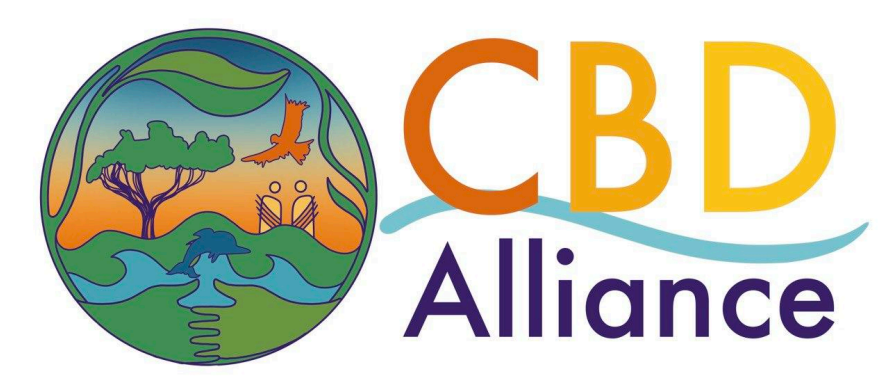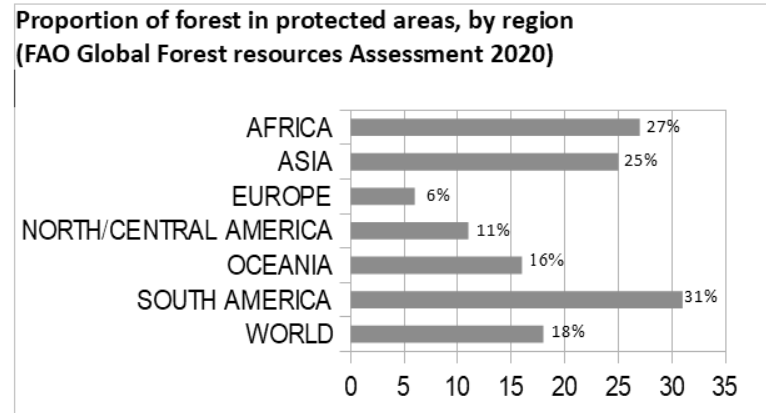Wendel Trio, Northern Forests and Climate Change Project
Forests host over 80% of terrestrial biodiversity, store over 850 gigatonne of carbon - equal to almost a century of fossil fuel emissions - and are home to 300 million people, many belonging to vulnerable communities and indigenous nations. While overall the rate of forest loss has been reduced, we are still losing approximately 10 million ha of forests each year. Similarly the amount of carbon stored in forests is going down and recent studies indicate that trees and lands nowadays emit as much carbon as they absorb.
Contrary to popular belief, while the carbon stored in tropical forests is growing, the decline is mainly in what we call northern forests, the boreal and temperate forests of North America (Canada and the US) and Europe (including Russia and the former Soviet Union member states). These northern forests make up a large part of the world's global forests as they represent over 40% of global tree cover. Russia, Canada, the US and the EU make up 95% of all northern forests. Thus preserving northern forests is mostly a responsibility of industrialised countries. And a responsibility they must urgently take up.
Northern forests hold among the last large stretches of primary, old-growth, and mature forests. These forests have never been industrially logged or otherwise disturbed and have a unique and irreplaceable value for global biodiversity. These forests also hold nearly half of the global carbon stock. Furthermore, numerous indigenous peoples depend on and survive in northern forests and multiple studies have indicated that forests controlled by indigenous peoples are better protected and have more carbon stored, with the level of protection increasing when forest ownership gets legally recognised.
Northern forests are experiencing some of the world’s fastest degradation, due in large part to industrial logging in primary, old-growth, and mature forests. Logging in northern forests is the world’s single largest industrial driver of gross tree cover loss. As a result, northern forests are more vulnerable to the impacts of climate change, such as increased forest fires and insect outbreaks. This in turn is reducing the amount of carbon stored in northern forests. While northern forests accounted for 40% of forest carbon removals in 1990, this has dropped to 24% today. Even more, some countries, such as Canada, Finland and Germany have seen their forests turn from being a carbon sink (absorbing more carbon than they emit) into a source (emitting more carbon than they absorb).
Protecting and restoring forests, and in particular the remaining old-growth and primary forests, must be a priority for northern forest countries. Protecting and restoring forest ecosystem integrity is the fastest and most cost-effective way to deliver win-win outcomes for climate, biodiversity, and indigenous peoples. Protected areas, and in particular those managed by indigenous peoples have proven to be highly effective and provide complementary approaches for protecting and restoring ecosystem integrity.
Despite all this, northern forests are poorly protected. While on average, more than 25% of forests in Africa, Asia and South America fall under one or the other protected status, only 11% of North American and only 6% of European forest are protected. This is far from the world average and even further away from the commitments made in the Global Biodiversity Framework.

